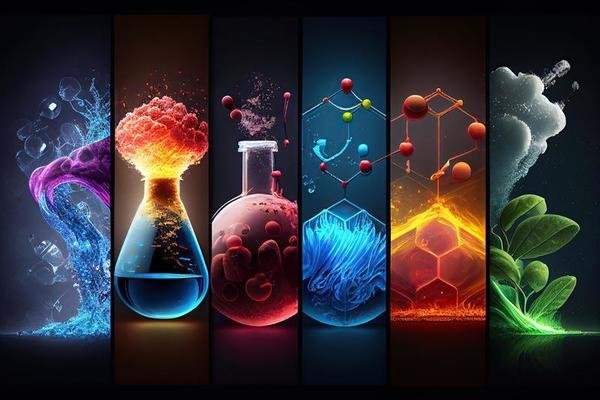The Hidden Shield: Decoding the Science Behind Infection Control in Dentistry

In the gleaming world of dentistry, where the sparkle of healthy smiles is the ultimate reward, there lies a critical, often unseen hero: infection control. This behind-the-scenes warrior is fundamental to patient safety and the integrity of dental practices. Delving into the science of infection control reveals not just the complexity of battling invisible threats but also the dedication of dental professionals to safeguarding health. Let’s check out temecula dental implants and oral surgery website and explore the sophisticated strategies and technologies that make modern dentistry a bastion of safety in the healthcare landscape.
The Frontline: Understanding Pathogens in Dentistry
Dentistry involves close contact with oral tissues, saliva, and blood, each a potential vessel for pathogens that could lead to infections if not properly managed. The nature of dental procedures, which often produce aerosols, adds a unique challenge to infection control.
1. The Aerosol Challenge
During many dental treatments, instruments like drills and ultrasonic cleaners create aerosols — tiny droplets that can carry pathogens and remain suspended in the air for hours. Controlling these aerosols is a cornerstone of dental infection control, requiring both innovative techniques and stringent protocols.
2. Common Pathogens in Dental Settings
The oral cavity is a complex ecosystem home to hundreds of microbial species. While most are harmless, some, like Streptococcus mutans (linked to cavities) and Porphyromonas gingivalis (associated with gum disease), can pose significant health risks. Beyond these, the risk of transmitting viral infections, including hepatitis B, C, and HIV, underscores the critical need for meticulous infection control.
The Arsenal: Techniques and Science Technologies for Infection Control
To combat these risks, dentistry employs a multi-layered approach to infection control, blending traditional methods with cutting-edge technologies.
1. Sterilization and Disinfection
The cornerstone of infection control is the sterilization of tools and equipment. Autoclaves, which use steam under pressure, are the gold standard, ensuring that instruments are free of viable pathogens. For surfaces and areas where sterilization isn’t possible, high-level disinfectants are used to minimize the risk of infection, as highlighted on the http://dustandmop.com website.
2. Barrier Methods
Disposable barriers, such as gloves, masks, and drapes, are used to create a physical shield between the patient and science potential sources of infection. These barriers are changed between patients, further reducing the risk of cross-contamination.
The Strategy: Protocols and Policies
Beyond the direct methods of controlling infection, dental practices implement comprehensive protocols and policies designed to maintain the highest standards of hygiene and techbloody safety.
1. Training and Education
Continuous training and education ensure that all dental staff are up-to-date on the latest infection control practices. This includes not just dentists, but also hygienists, assistants, and front office personnel, creating a culture of safety and awareness.
2. Hand Hygiene
Hand hygiene is a simple yet profoundly effective component of infection control. Regular hand washing and the use of alcohol-based hand sanitizers can significantly reduce the transmission of pathogens.
Innovations and Advancements: The Future of Infection Control
The field of dentistry is constantly evolving, with research and technological advancements leading to ever-more effective infection control methods.
1. Air Purification Systems
Advanced air purification systems that utilize HEPA filters and UV-C light are becoming standard in dental clinics. These systems can significantly reduce the concentration of aerosols and airborne pathogens, offering an additional layer of protection.
2. Antimicrobial Surfaces
Emerging technologies are leading to the development of antimicrobial coatings for dental instruments and surfaces. These coatings can actively kill bacteria and viruses on contact, offering a revolutionary approach to infection control.
Fun Facts to Brighten Your Dental Knowledge
- The concept of dental hygiene has been around for millennia. The first recorded toothbrush dates back to 3000 BC, a twig frayed at one end.
- Saliva is one of the body’s primary defenses against bacteria and viruses, containing enzymes that break down pathogens.
- The use of gold in dentistry, a practice that dates back thousands of years, is not just for aesthetics. Gold is highly resistant to bacteria and corrosion, making it an early form of infection control.
The science of infection control in science dentistry is a testament to the profession’s commitment to patient safety and health. Through a combination of science, technology, and rigorous protocols, dental practices are able to provide care that is not just effective, but also safe. As research and technology continue to advance, the strategies for infection control will evolve, further enhancing the safety and well-being of patients worldwide. In the end, the unseen efforts of infection control ensure that the focus can remain where it belongs: on creating healthy, beautiful smiles.



